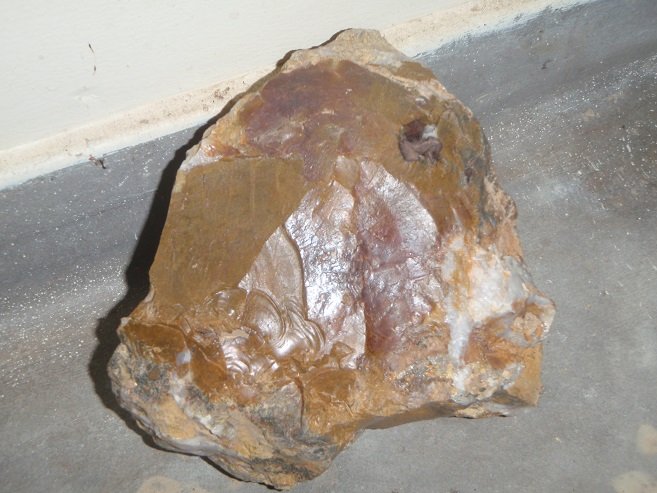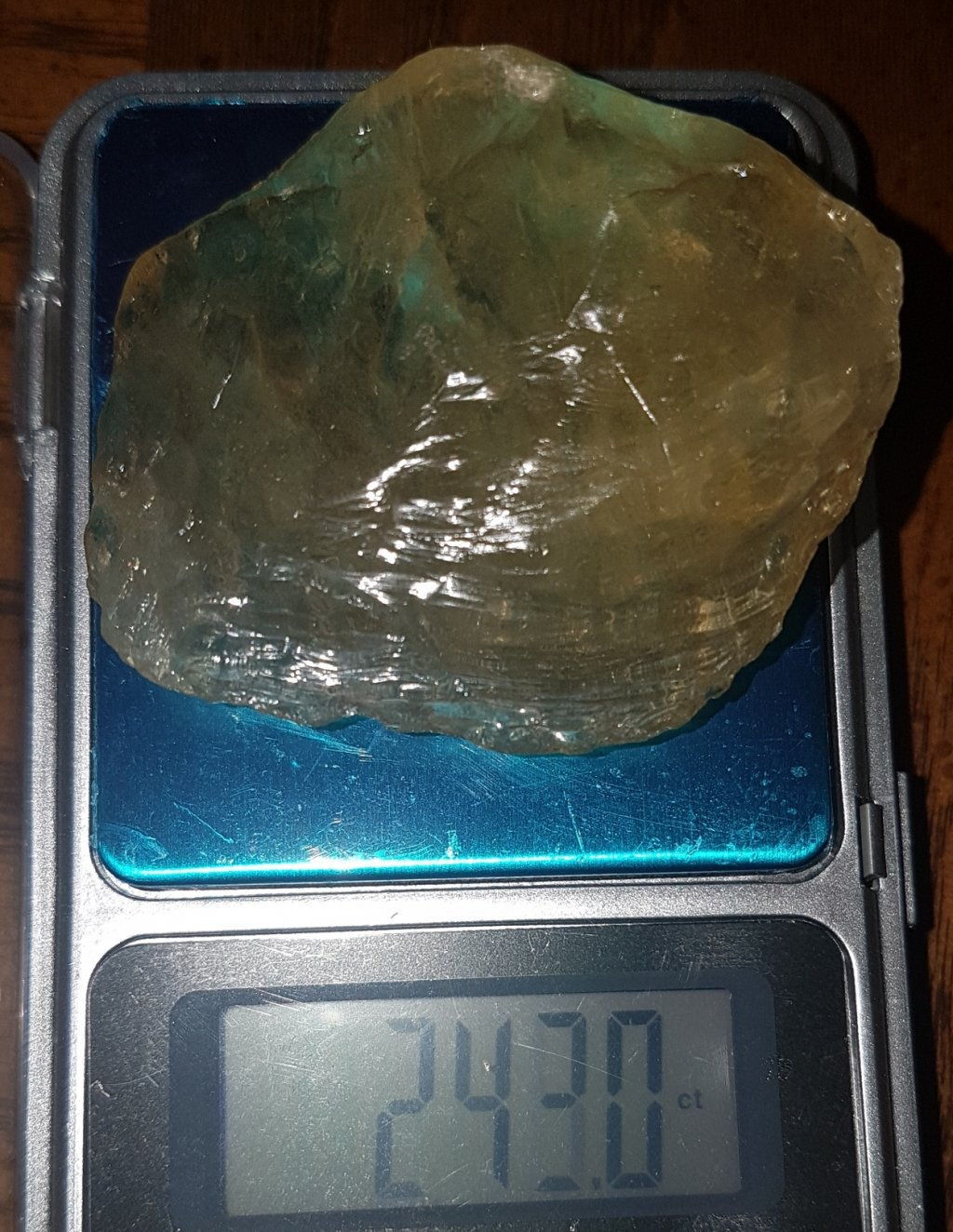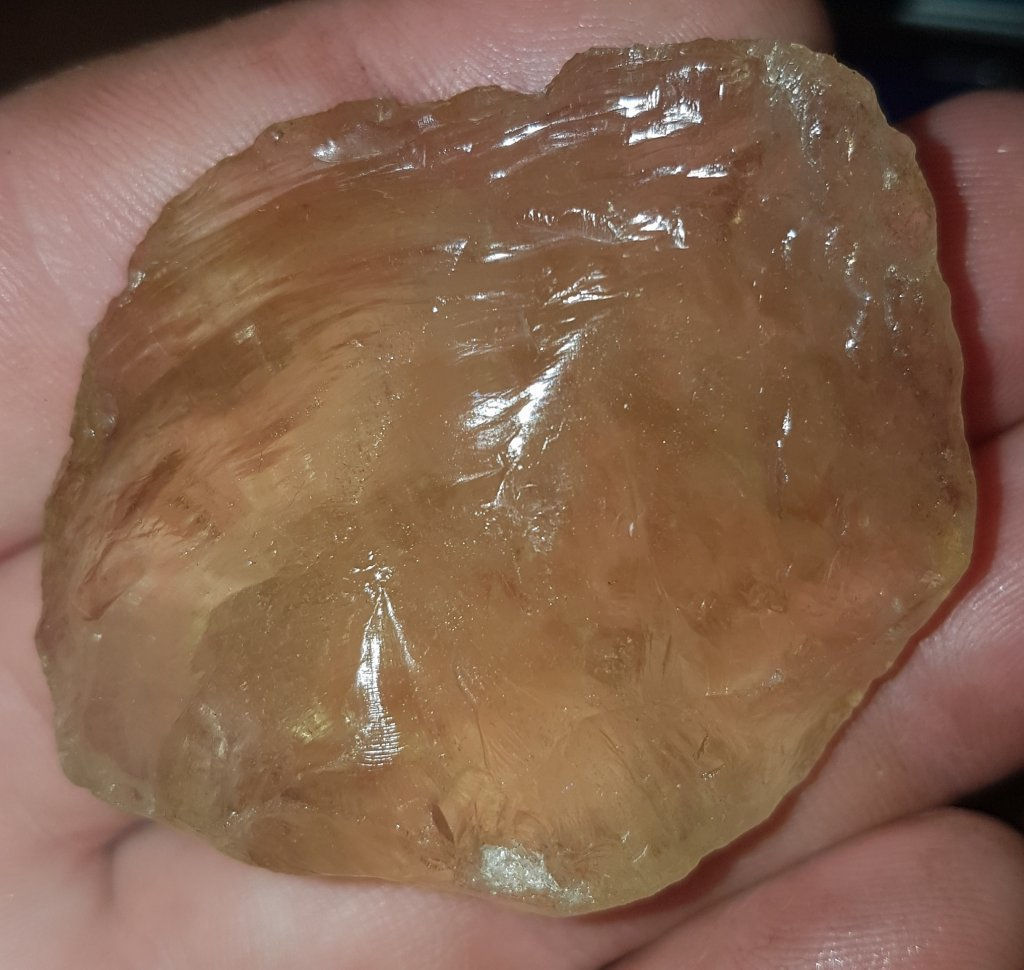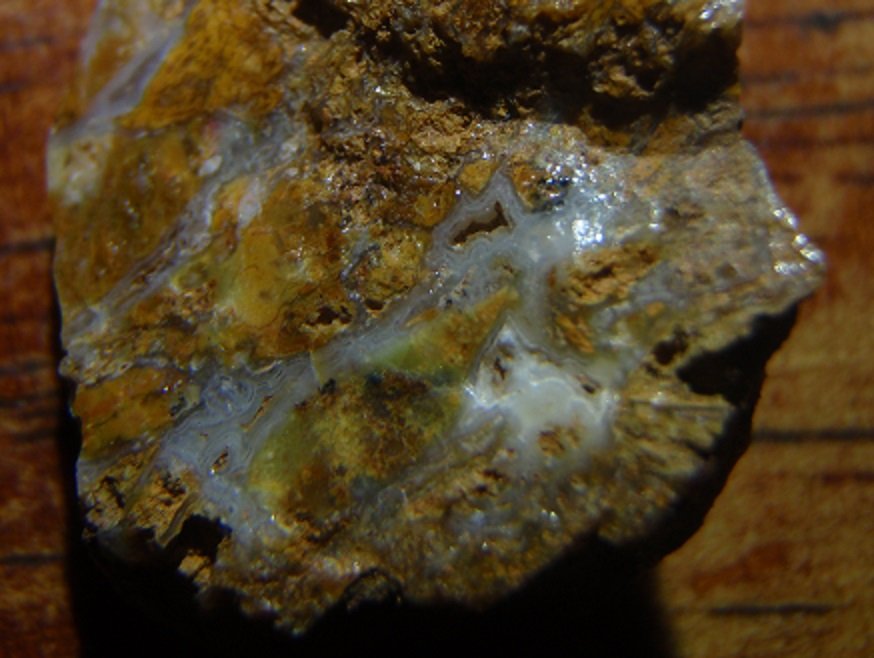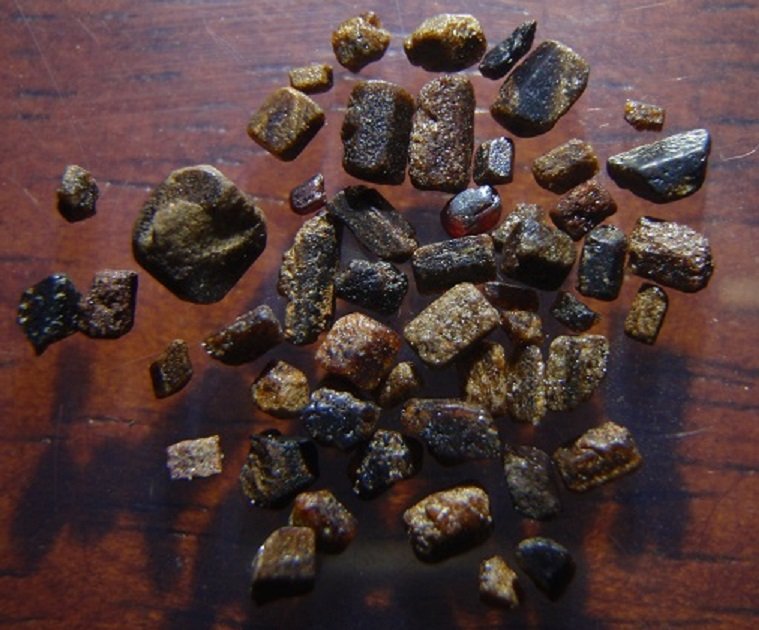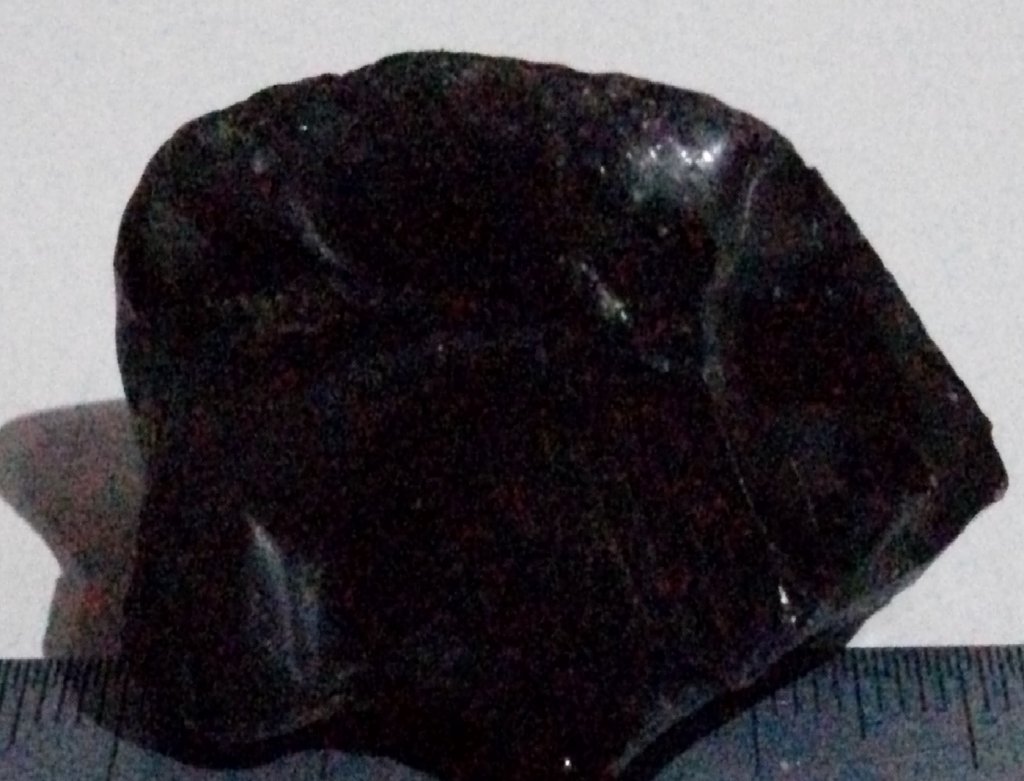A bit more info here on the possible origins of the "sapphires are rarer than diamonds" meme.
Looks to be a GIA article
It is safe to conclude that up to and through the
1970s, the market for faceted blue sapphire and ruby was small relative to the quantities in the jewelry
industry today, simply because supplies were
limited primarily to the low percentage of facetable
goods (typically less than 5%) that came from the
mines in salable colors. The introduction of effective
heat-treatment techniques to improve the color
and clarity of previously unsalable material, such as
geuda sapphire from Sri Lanka and dark, silky
blue stones from Australia, greatly increased the
quantities of sapphire available to the market, particularly
in the lower-priced commercial qualities.
A similar situation occurred with ruby in the midto-late
1980s after the Mong Hsu deposit was discovered
(Emmett, 2007). And not only did treatments
greatly increase the proportion of facet-grade
material available, but they also allowed development
of deposits where there was little or no naturally
occurring gem-quality material
Having chased sapphires for around the past 35 years or so, this makes sense to me. They are hard enough to find in the first place and when you do, a great deal of them are simply not of gem quality. However, significant numbers of those that are useless as gems in their natural, untreated state can become clear, attractive stones once heat-treated.
Heat treatment has always been available for as long as I have been involved in them as I recall. However, before the process became perfected and widespread, I can easily imagine just how low the rate of recovery for facetable material would have been overall.
So as they come naturally from the ground, a stone that is too small to cut does not a gem quality stone make, except perhaps in a technical sense - and close examination of such tiny stones under powerful magnification might well show that just because you can see through them at a glance it doesn't necessarily mean they are gem quality. By the same definition we might be able to say that gem-quality zircons are as common as sand because there are beaches made of them, even if they are pin head sized and could never be cut. Likewise, a sapphire that is thick and murky with silk (a common occurrence with them despite their overall scarcity) cannot be any more regarded as gem quality than can an industrial grade diamond. Not until it is heated - but it did not naturally come from the ground that way.
Looks a bit difficult to me to make a definitive assertion that one stone is dramatically rarer than the other in naturally-occurring, untreated gem grade material, especially given that sapphire production is not as thoroughly reported and controlled as diamond production. After all the years I've spent chasing them I don;t think I would describe tiny, transparent sapphires below facetable size as "very common" - otherwise I would have drums full of them simply from hand-mining.
This has been an interesting discussion and I'm glad it was held. But I can see it's heading toward unproductive territory so I will now withdraw from it.




